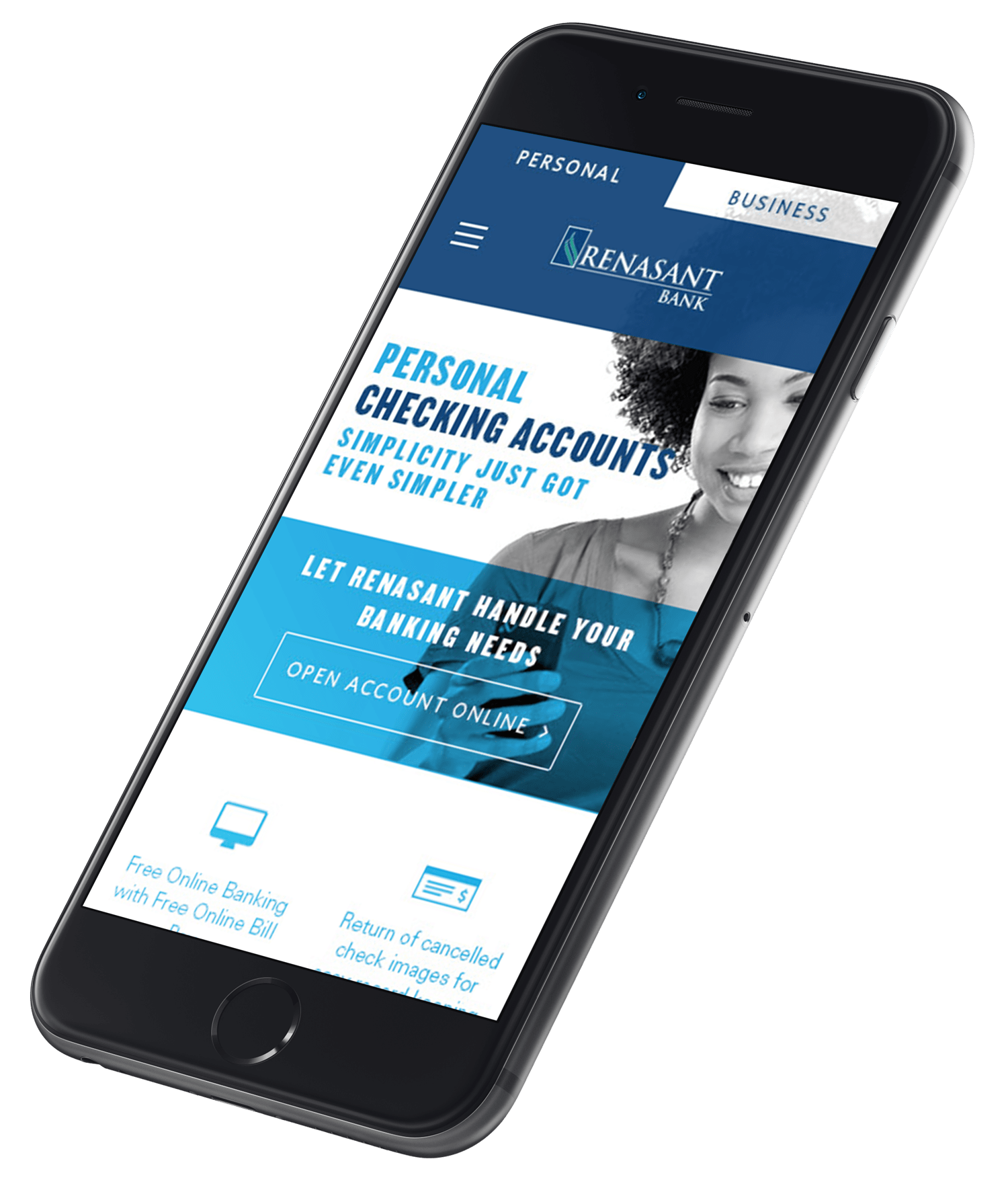When’s the last time an “SEO expert” emailed you, promising to make all of your online marketing dreams come true? You know the one:
Your bank website isn’t optimized, and we drove 8000% growth and boosted sales by a lot for a client, so call us!
Hopefully, you deleted the spam and moved on with your day.
The truth is, there’s no magic bullet for search engine optimization, which helps your website rank higher in search engines. And the promises you’re receiving in those eloquent sales emails don’t tell the whole story
SEO is hard. It’s more than just three to six months of enhancements—it’s a long-term, persistent commitment. It’s an iterative and experimental activity at times. And it can be tough for marketers to see the light at the end of this sometimes arduous tunnel.
But, when done right, SEO delivers some of the strongest results in modern marketing.
What’s the recipe? Let’s walk through the journey that led to a recent win for one of our commercial bank clients.

The Strategic Start
Like any good marketing initiative, a sound strategy goes a long way to determining success. This means having a solid understanding of the level of competition for any search queries (the exact terms people are searching for) you want to win while making sure you have the content to back up the terms people are searching for, and setting up analytics to measure success and ROI.
Note: specific details of this program were left out to protect the integrity of our client’s competitive marketing program.
In this instance, we focused on niche lending with a key marketing goal of keeping acquisition costs lower than they’d be using traditional methods (e.g. trade events and publication advertising). Our strategic process included:
1. Creating a roadmap for producing content, testing, and optimizing, then making adjustments as needed.
2. Developing targeted content covering key focuses within the niche industry. Topics ranged from broader business best practices to supplier chain specifics for the industry.
3. Competitive analysis of competitor lenders and “share of search” companies.
The SEO Technicals
If you want to achieve your strategic SEO goals, your website has to address some foundational “technicals” to ensure it’s looked upon favorably by Google and other search engines. This work involves making sure your site is optimized for mobile, loads well, has proper structure and tags, and includes no broken links or structural issues that would cause a search engine to “demote” your site.
It’s nerdy, but important, groundwork for your future success.
When we began, our client’s website was dated, poorly built for the new mobile world, and had a number of structural issues. So, we helped them redesign their site, with all of the modern cues for search engines. This immediately helped our client rank better for their core brand and services. Google recognized them and these foundational elements set up our client for their next endeavor: search-oriented content marketing.
Organic search alone doubled within a month of the changes and increased 6X within four months.

The Tests, Misses, and Hits
Once you’ve mastered the fundamentals, the real fun begins. Great content marketing is goal-oriented. Some of your content should be fun, some should be educational, and some highly visual and conversational for social media. All of these categories of content can impact search, but more often, you need an “organic search content program” to go along with the other information you’re producing. This category of your content program is focused on performance above all else. If an article begins to win for a term in search, it warrants further optimization and additional content development to capture even more terms. If a content piece on your website doesn’t perform well, it needs to be revised, re-purposed, or archived. Again, this area of content is all about the performance. And great performance requires practice, effort, and learning through some failures along the way.
Our client’s organic content program combined research with well-structured writing to deliver the best possible chance for the organization to rank for important search terms. The process (at least to the level of detail we’ll share) looks like this:
1. A content calendar is built from the strategic work for each quarter of the year.
2. At the end of each month, content is scored on its effectiveness (search ranking MoM change, the effect on related content, etc.).
3. Every quarter, content is picked for optimization, expansion, and/or archiving. Keep in mind, some content may “win” up to a year or two later thanks to other influencers (e.g. a link from a prominent website, Google ranking for your site’s authority on a subject, etc.).
4. This process of content evaluation is repeated alongside the more technical keyword research. All of these evaluations provide a nice feedback loop back to your content strategy which can (and should) evolve based on the performance of your program.
It’s important to note that search engines don’t always behave the way you think they will (or how you’d like them to), but a consistent and thoughtful process will yield results. This isn’t 1998 web SEO—you can’t simply create 50 web pages stuffed with keywords and expect results. Rather, you must first create optimized content across multiple channels then weave it into your overall marketing and audience strategies. Most importantly, it should feel natural. Our client saw 90 days of minimal impact before doubling the traffic they’d already gained from technical improvements.

The Return on SEO
Once you’ve established a process for and consistency within content development, you’ll begin to see the wins increase. Google will assign more authority to you in certain topics—and searchers will follow. This is traffic you’d never see otherwise! And while you made an initial investment, the longevity of your ranking for a particular keyword far outpaces any campaign advertisement.
For our client, ROI was straightforward (and outstanding). The initial investment made in content now provides more 20,000 new website visitors a year, specifically aligned with the niche audience they were targeting. Think about that. When can you market to an unknown group and achieve the same volume of near-perfect intent? With a good qualifier tool and only a half a percent of that traffic converting into a lead, that’s 100 new, high-dollar leads that never would have made it to their organization otherwise. For one year, ROI projects to 300%, but that doesn’t account for the lifecycle of that content—which will continue to produce results for years to come

Interesting in learning more about how SEO works for banks and when you should (and should not) pursue it? Reach out to us.




